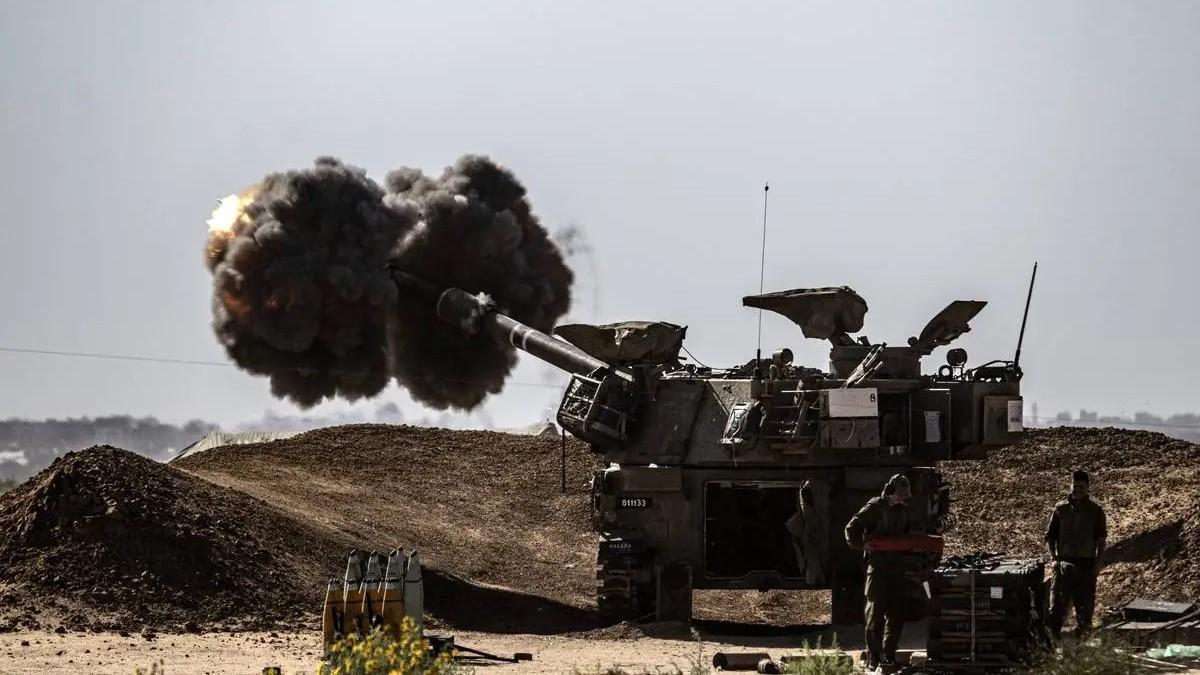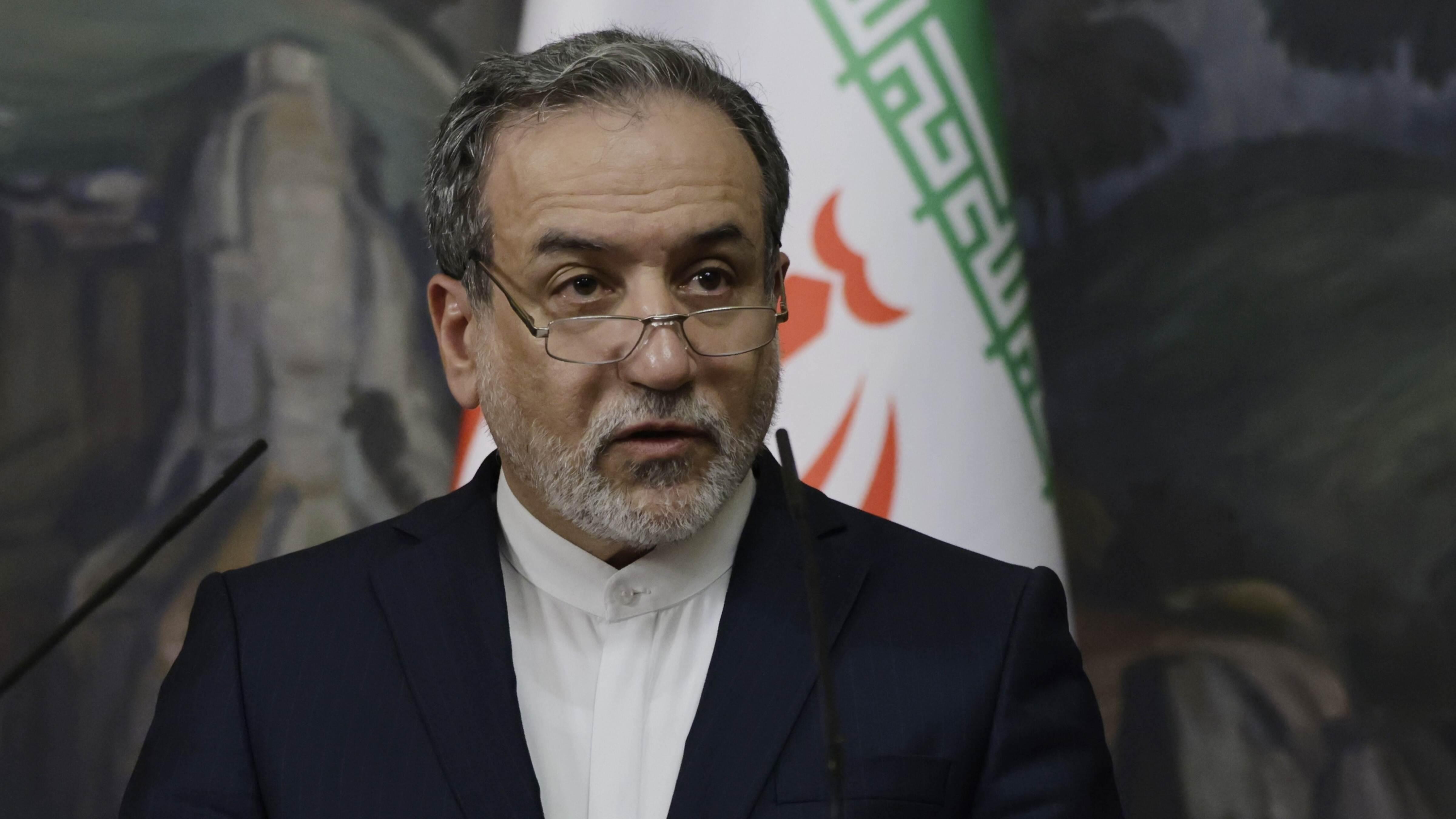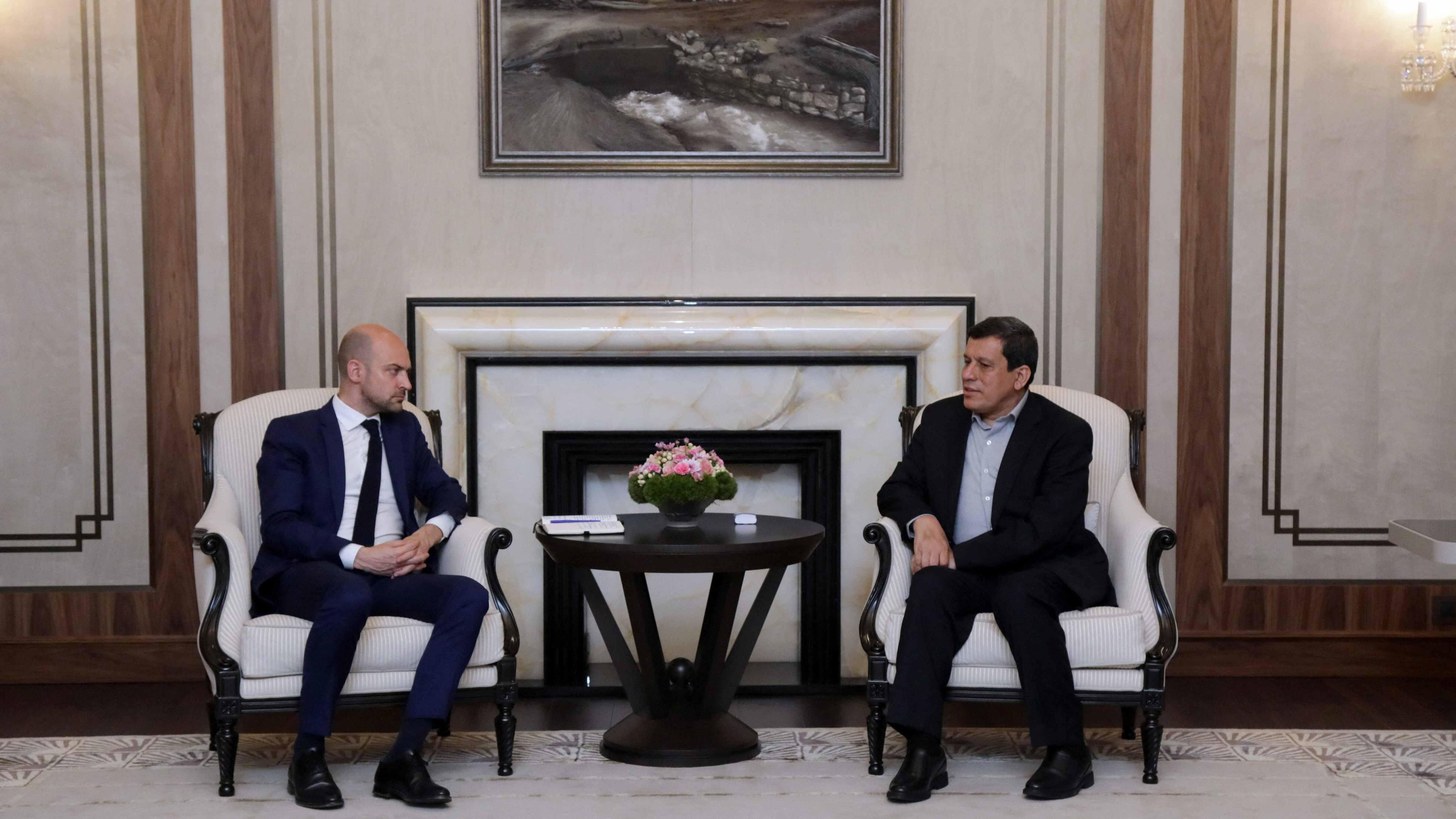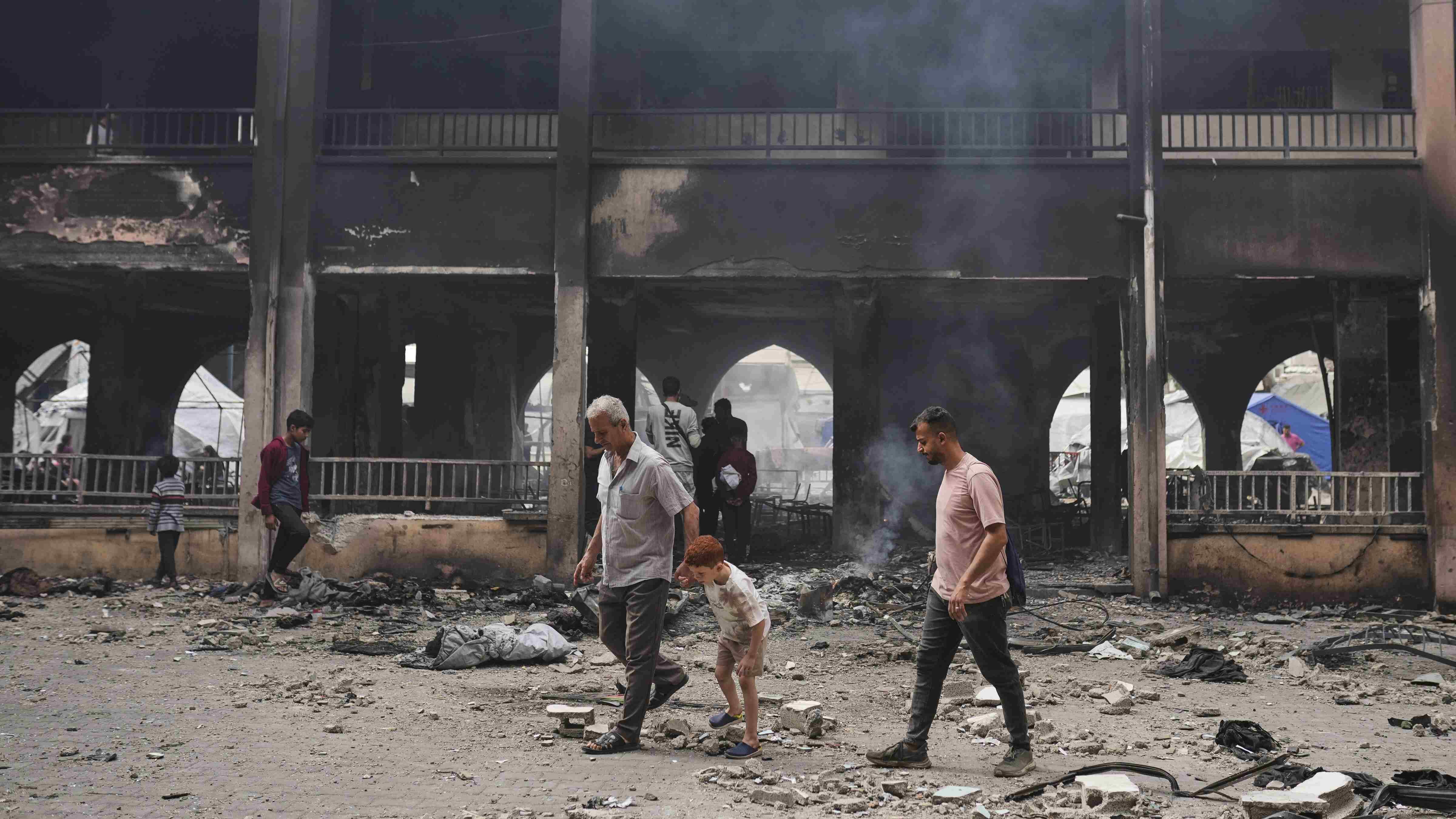Manufacturing numbers in China highest in 13 months
BEIJING - Reuters

A vendor stands on a tricycle with his goods as he makes his way in Beijing. China’s manufacturing activity grew in November for the first time in 13 months. AFP photo
China’s vast manufacturing sector saw expansion accelerate in November for the first time in 13 months, preliminary results from a factory survey showed, a sign that the pace of economic growth has revived after seven consecutive quarters of slowdown.The China HSBC Flash Manufacturing Purchasing Managers Index (PMI) rose to a 13-month high of 50.4 in November, the latest indicator of recovery in the real economy after data showing solid credit growth, firmer exports and rising industrial output in the previous month.
A sub-index measuring output rose to 51.3, also the highest since October 2011.
“As November’s flash reading of HSBC manufacturing PMI bounced back to the expansionary territory for the first time in 13 months, this confirms that the economic recovery continues to gain momentum towards the year end,” Qu Hongbin, chief China economist at index sponsor HSBC, said in a statement accompanying the data.
“However, it is still the early stage of recovery and global economic growth remains fragile. This calls for a continuation of policy easing to strengthen the recovery.”
An uptick in key economic activity indicators in October, following encouraging signs in September, cemented the view of many analysts and investors that a rebound in the world’s second largest economy gathered momentum as it entered the fourth quarter, thanks to a raft of pro-growth policies rolled out by the government in recent months.
China is currently shuffling its senior officials after the seven top leaders of the ruling Communist Party were selected at a congress last week. The new appointments should end months of uncertainty in the highest ranks although economic policy is not expected to change abruptly in the near term.
Even before the congress, the central bank had moved to ease liquidity by pumping short-term cash into money markets rather than resorting to the interest rate cuts or reduction in banks’ required reserve ratios that many investors had expected.
Steady through year-end
This month’s PMI reading above 50 is likely to be seen as a turning point by the market, particularly if it is born out by the final reading due on Dec. 1 and by official indicators.
With a one-month exception in October 2011, the HSBC PMI -which largely reflects the private manufacturing sector- has remained stubbornly below the 50-point level separating accelerating from slowing growth since June 2011.
Unlike the patchy results seen in previous months, in November almost all the sub-indices in the HSBC survey concurred in showing an improving economy.
The one exception was a fall in the sub-index measuring output prices, demonstrating that manufacturers are still struggling with overcapacity and relatively weak domestic demand.
Analysts expect no further cuts to interest rates this year or next after back-to-back cuts in June and July, and only one more 50 basis point cut to banks’ required reserve ratios (RRR) in 2012 after three since late 2011 that have freed an estimated 1.2 trillion yuan for new lending.
Chinese banks are on course to make new loans worth more than 8.5 trillion yuan ($1.4 trillion) in 2012, expansionary versus the 7.5 trillion of new loans extended in 2011 and above the 8 trillion yuan that sources told Reuters back in February was the target for 2012.
















